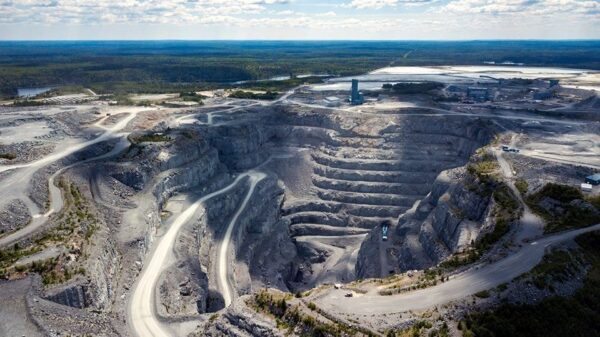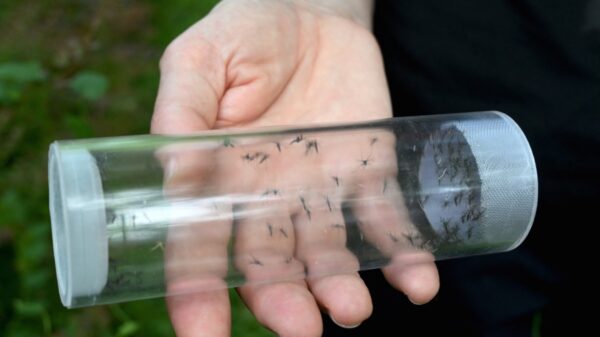BREAKING: A research team from Shenzhen University has revealed that eight newly studied caves on Mars could hold the key to understanding ancient water and possibly life on the Red Planet. The study, published in The Astrophysical Journal Letters, indicates these caves in the Hebrus Valles region were likely shaped by ancient water, not just volcanic activity as previously thought.
This urgent discovery highlights the potential for life on Mars, a question that has captivated scientists and the public alike. The researchers employed mineralogical data from NASA‘s Mars Global Surveyor and Mars Odyssey orbiters, uncovering water-soluble materials and sulfates at the sinkhole sites. Additionally, they detected hydrogen signatures suggesting past moisture, reinforcing the theory that water once flowed in this arid region.
Using satellite imagery, the team constructed 3D models of the depressions, which align more closely with caves created by water erosion than those formed by volcanic processes. If confirmed, these would represent the first known water-carved caves—also known as karstic caves—on Mars, significantly expanding our understanding of Martian geology.
The implications are profound. These caves could serve as natural shelters from the planet’s harsh conditions, including extreme cold and relentless dust storms. Researchers speculate that if life ever existed—or still exists—on Mars, these water-carved caves could provide the last refuge for microbial organisms.
“This discovery opens a new chapter in our exploration of Mars. We need to conduct further missions to investigate these caves closely,” said a lead researcher from the team.
The next steps are critical. Plans are underway for a mission to probe these caves, which could yield answers not only about the geological history of Mars but also about the potential for life beyond Earth.
Stay tuned as this story develops—scientists are eager to uncover what these Martian caves may reveal about our universe.



































































